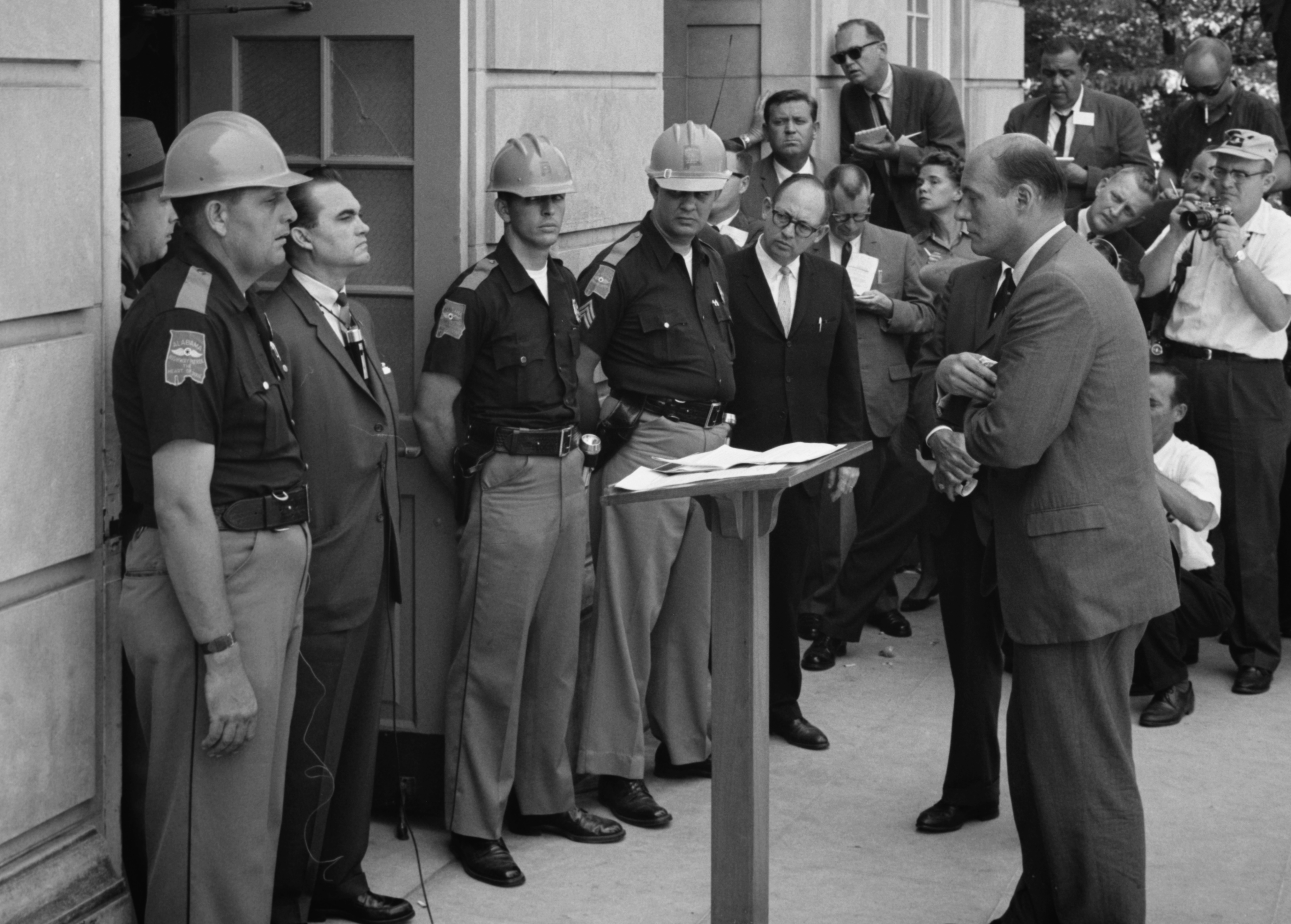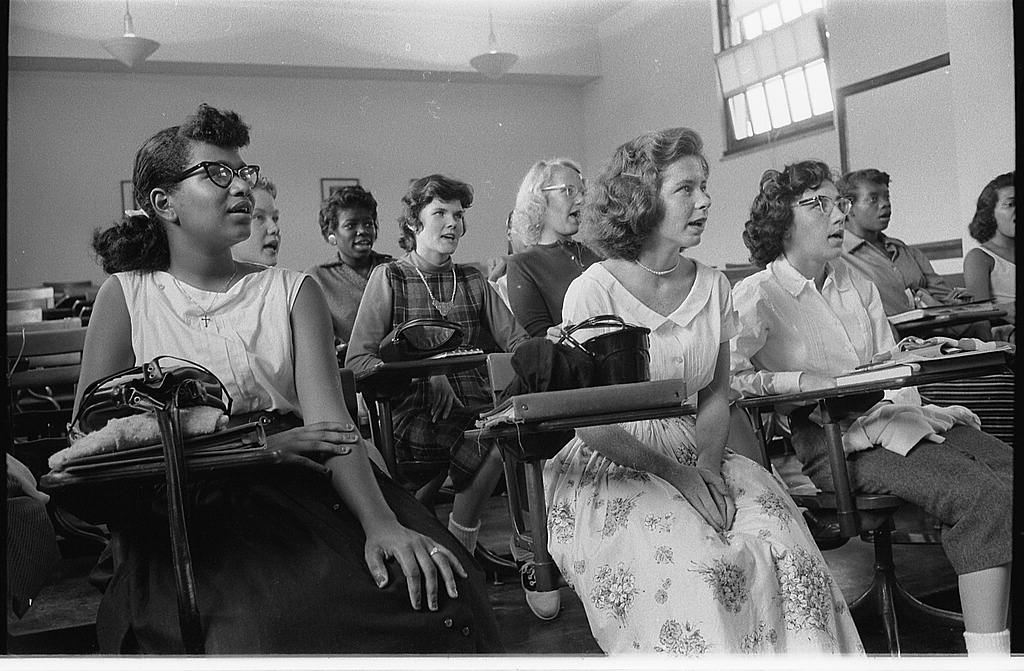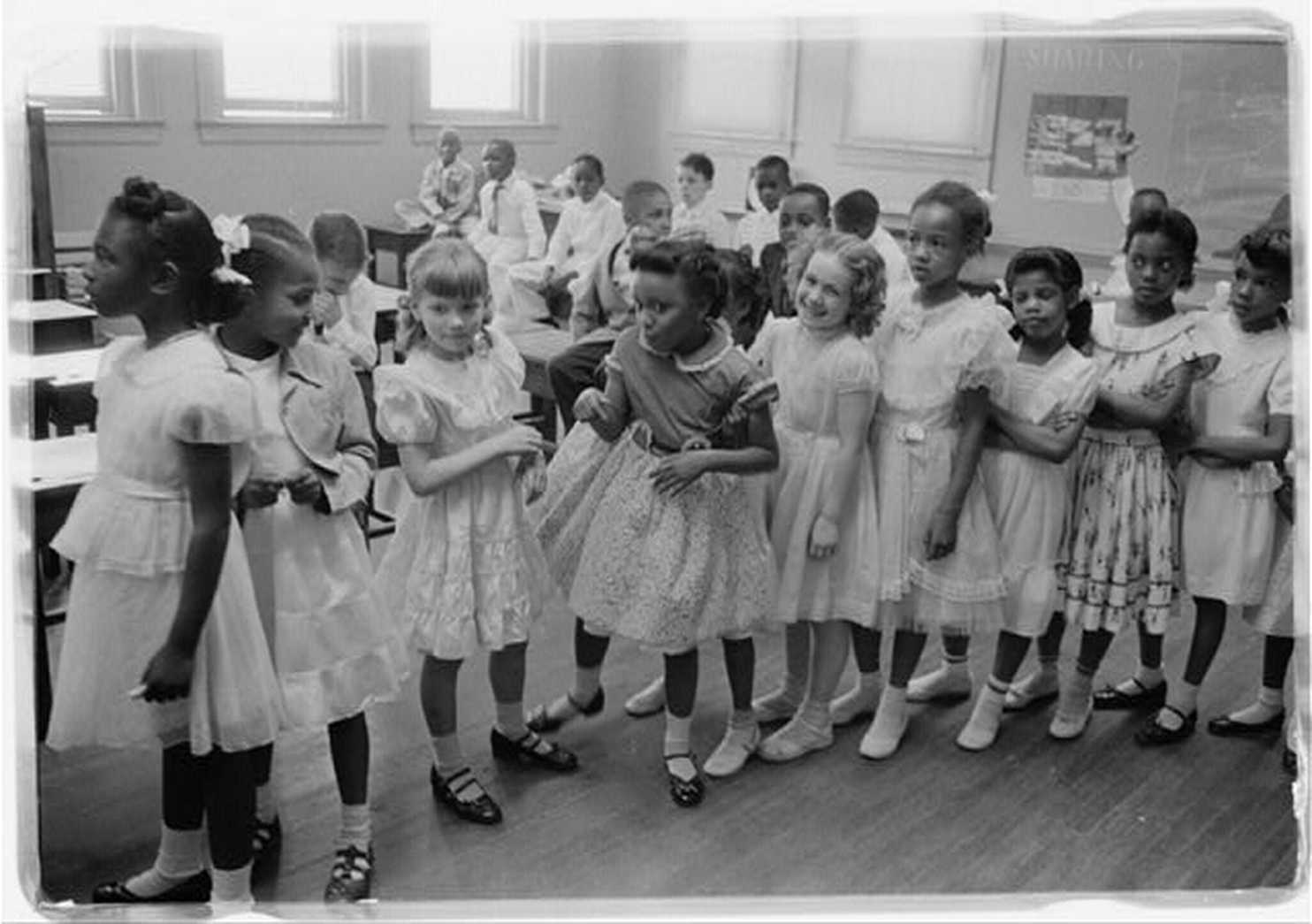TGEFilms ask the Question. Has the DREAM of Integration turned us into BETTERSLAVES.
DID INTEGRATION MAKE US
BETTER SLAVES
Black Wealth Stagnated or Declined After Integration
During segregation, Blacks were forced to start and support the businesses in their own communities. Many of these businesses flourished and even helped made some Black communities, such as the Greenwood community in Tulsa, Okla., (often called Black Wall Street), wealthier than their white neighbors.
After segregation ended, African-Americans flocked to support businesses owned by whites and other groups, causing Black restaurants, theaters, insurance companies, banks, etc. to almost disappear. Today, Black people spend 95 percent of their income at white-owned businesses.
Even though the number of Black firms has grown 60.5 percent between 2002 and 2007, they only make up 7 percent of all U.S firms, and less than .005 percent of all U.S business receipts.

Black Family Structure Collapsed After Integration
From 1890 to 1950, Black women married at higher rates than white women, despite a consistent shortage of Black males due to their higher mortality rate. According to a report released by the Washington D.C.-based think tank Urban Institute, the state of the African-American family is worse today than it was in the 1960s, four years before President Johnson passed the Civil Rights Act.
Researchers Heather Ross and Isabel Sawhill argue that marital stability is directly related to the husband’s relative socio-economic standing, and the size of the earnings difference between men and women.
Instead of focusing on maintaining Black male employment to allow them to provide for their families, Johnson passed the Civil Rights Act with full affirmative action for women. The act benefited mostly white women and created a welfare system that encouraged removal of the Black male from the home.
Many Black men were also dislodged from their families and pushed into the rapidly expanding prison industrial complex that developed in the wake of rising unemployment.

The Unemployment Rate of Black Men Quadrupled After Integration
Since integration, the unemployment rate of Black men has been spiraling out of control. In 1954, white men had a zero percent unemployment rate, while African-American men experienced about a 4 percent rate. By 2010, it was at 16.7 percent for Black men compared to 7.7 percent for white men.
The work force in 1954 was 79 percent African-American. By 2011, that number had decreased to 57 percent. The number of employed Black women, however, has increased. In 1954, 43 percent of African-American women had jobs. By 2011 54 percent of Black women are job-holders.
Myth of a Colorblind Society Propagated After Integration
The Civil Rights Movement pushed for laws that would create a colorblind society, where people would not be restricted from access to education, jobs, voting, travel, public accommodations, or housing because of race. However, legislation has been ineffective in eradicating white privilege.
Michael K. Brown, professor of politics at University of California Santa Cruz, and co-author of “Whitewashing Race: The Myth of a Color-Blind Society” says in the U.S., “The color of one’s skin still determines success or failure, poverty or affluence, illness or health, prison or college.”
Black Community Became Dependent After Integration
African-Americans have appealed to the descendants of our oppressors to right their ancestors’ wrongs, pay us sufficient wages to take care of our families, educate our children and police our neighborhoods.

The Black median household income is about 64 percent that of whites, while the Black median wealth is about 16 percent that of whites. Millions of Black children are being miseducated by people who don’t care about them, and they are unable to compete academically with their peers. At the same time, the criminal justice system has declared war on young Black men with policies such as “stop and frisk” and “three strikes.”
Marcus Garvey warned about this saying:
“Lagging behind in the van of civilization will not prove our higher abilities. Being subservient to the will and caprice of progressive races will not prove anything superior in us. Being satisfied to drink of the dregs from the cup of human progress will not demonstrate our fitness as a people to exist alongside of others, but when of our own initiative we strike out to build industries, governments, and ultimately empires, then and only then will we as a race prove to our Creator and to man in general that we are fit to survive and capable of shaping our own destiny.”









